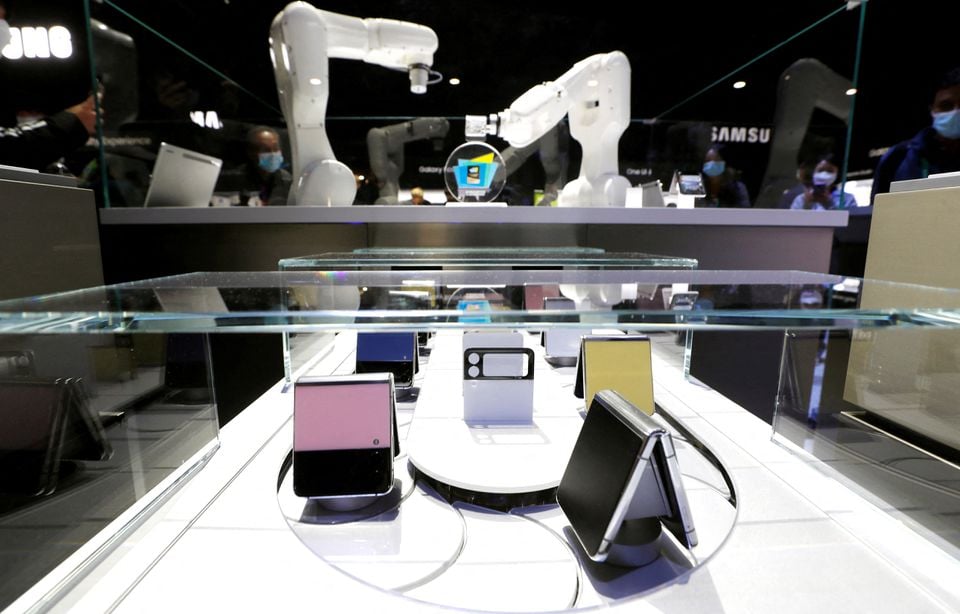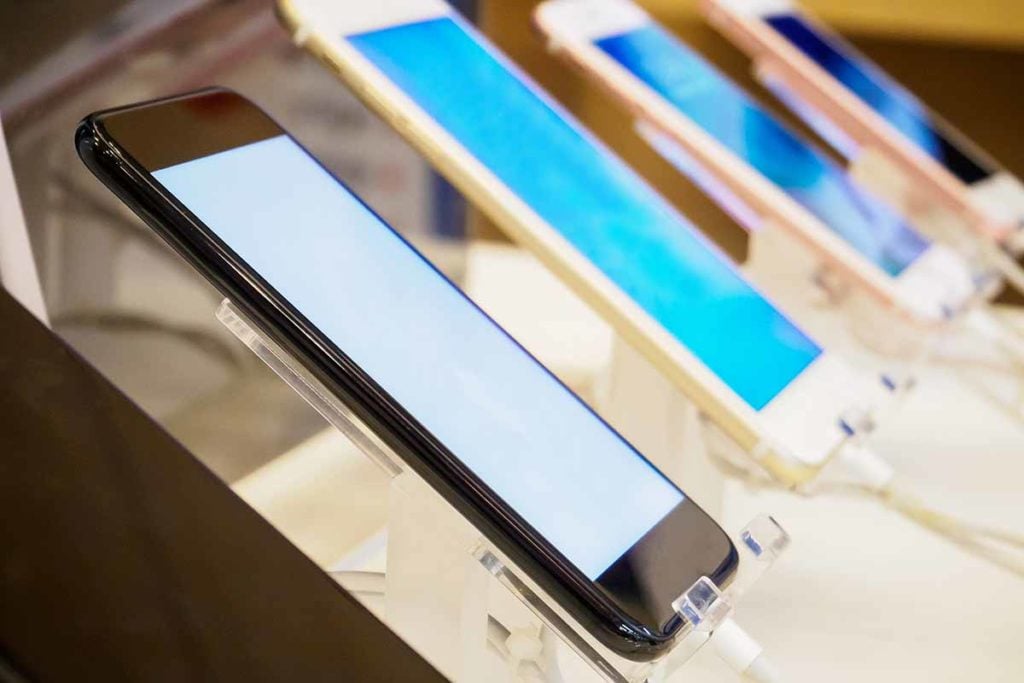According to Canalys, in Q2 2022, Indian smartphone shipments reached 36.4 million units, a 5% drop from the previous quarter, with major brands struggling to shift units as consumer demand dwindled.
But as Q2 2021 was affected by the second COVID wave, the year-over-year comparison seems very positive, with shipments up by 12%. Xiaomi retained its market-leading position, shipping 7.0 million units, despite experiencing another quarter of both annual and sequential decline.
Indian smartphone shipments rose in Q2 2022
The latest data from research firm Counterpoint has shown that Indian-made smartphone shipments grew by 16% in Q2 2022 from the corresponding performance in 2021. The growth in Made in India smartphone shipments is being driven partly by a strong incentive framework put in place by the central government.

The Counterpoint data showed that Indian-made smartphone shipments for April-June 2022 were over 44 million units. The Q2 figure exceeded both the Q1 performance and the corresponding Q2 figures from 2021. A total of 36.4 million smartphones were shipped in India in Q2 this year. This is the third consecutive quarter of falling shipments in India for the smartphone market.
Among the recorded data, Xiaomi retained its top position by shipping 7 million units, while Samsung and Realme took second and third spots with 6.7 and 6.1 million shipments, respectively. However, the report also mentions that the year-over-year Indian smartphone shipment comparison seems very positive, and is up by 12 percent. The reason for this can be the low shipements in the second quarter of 2021 due to the second COVID wave, as per the report.
When comparing the market share in Q2 2021 and Q2 2022, it gives a YoY growth in market share or a downtrend. Apparently, the Ultra Premium segment (with prices above $1,000) has increased from 12% to 26% whereas the second band of devices priced between $800-$899 has diminished by 37% from 22% to 15% in Q2 2022.

In terms of production, TWS earphones dominated the domestic wearable ecosystem with 16%, followed by neckbands and smartwatches. The active interventions by the Indian government were highlighted as a major driving factor for the surge. India continues to attract manufacturers and investors as it gradually firms up its place in the global tech market.
“The growth came from multiple sales events such as Republic Day and Valentine’s Day, combined with online exclusive offers,” the report said. Offline channel shipments declined 13 per cent YoY. “Despite no major Covid-related restrictions on movement, the retail footfall remained low through the quarter,” it said.








